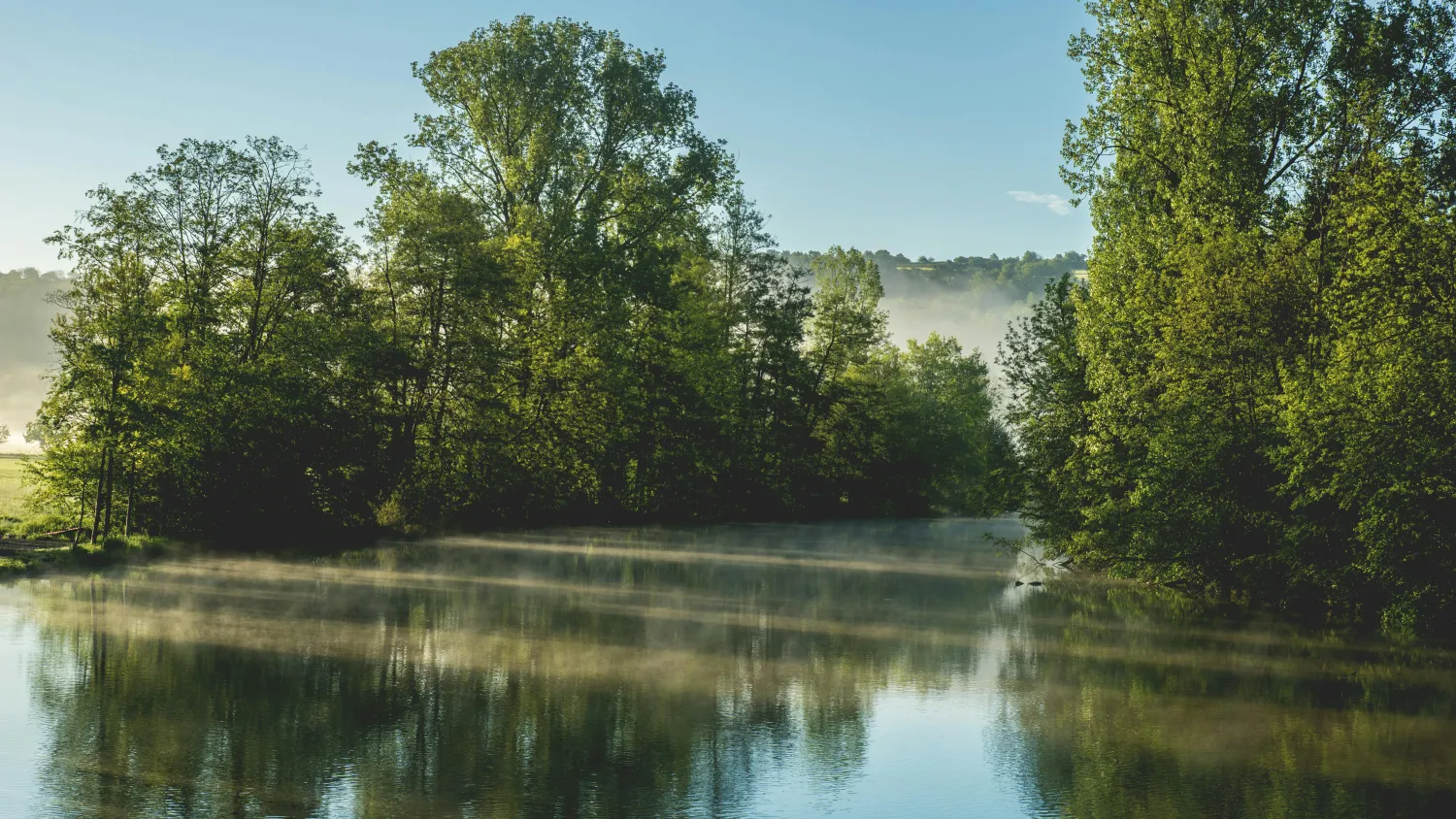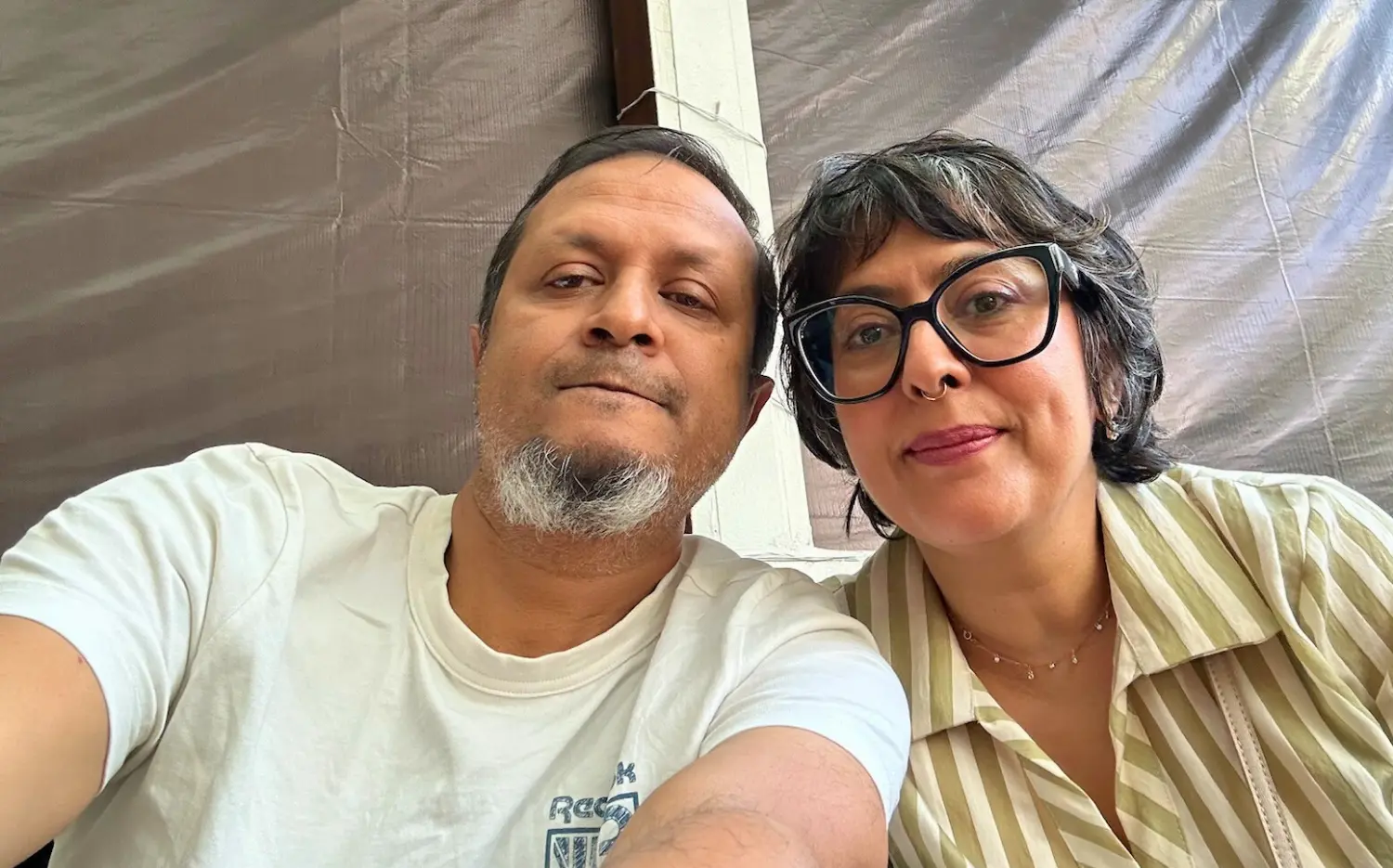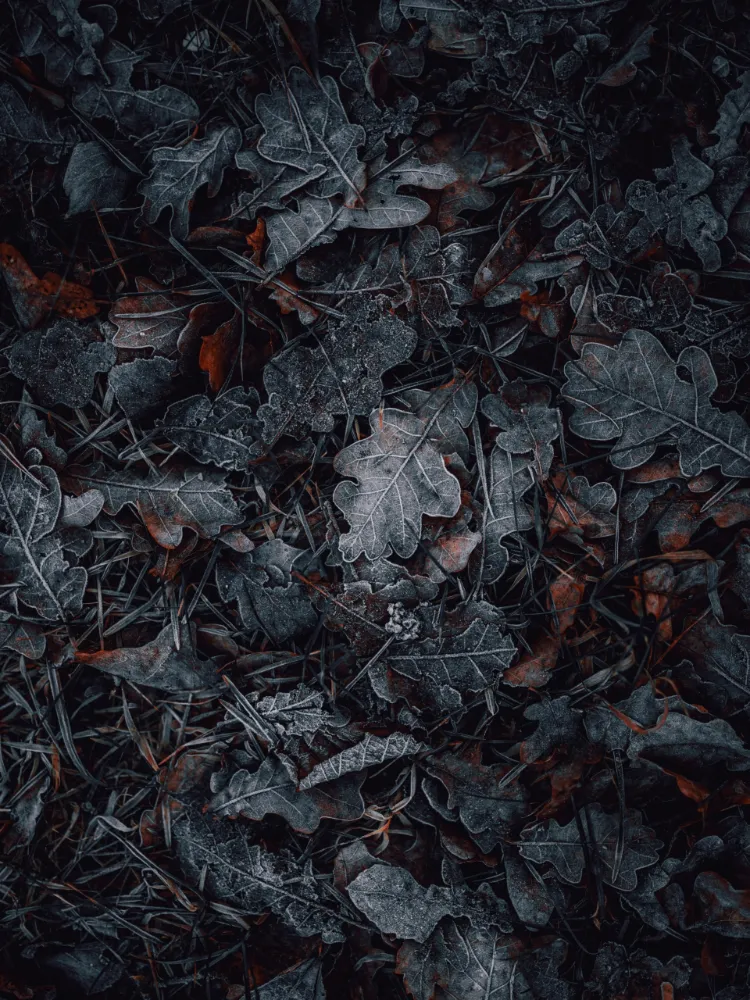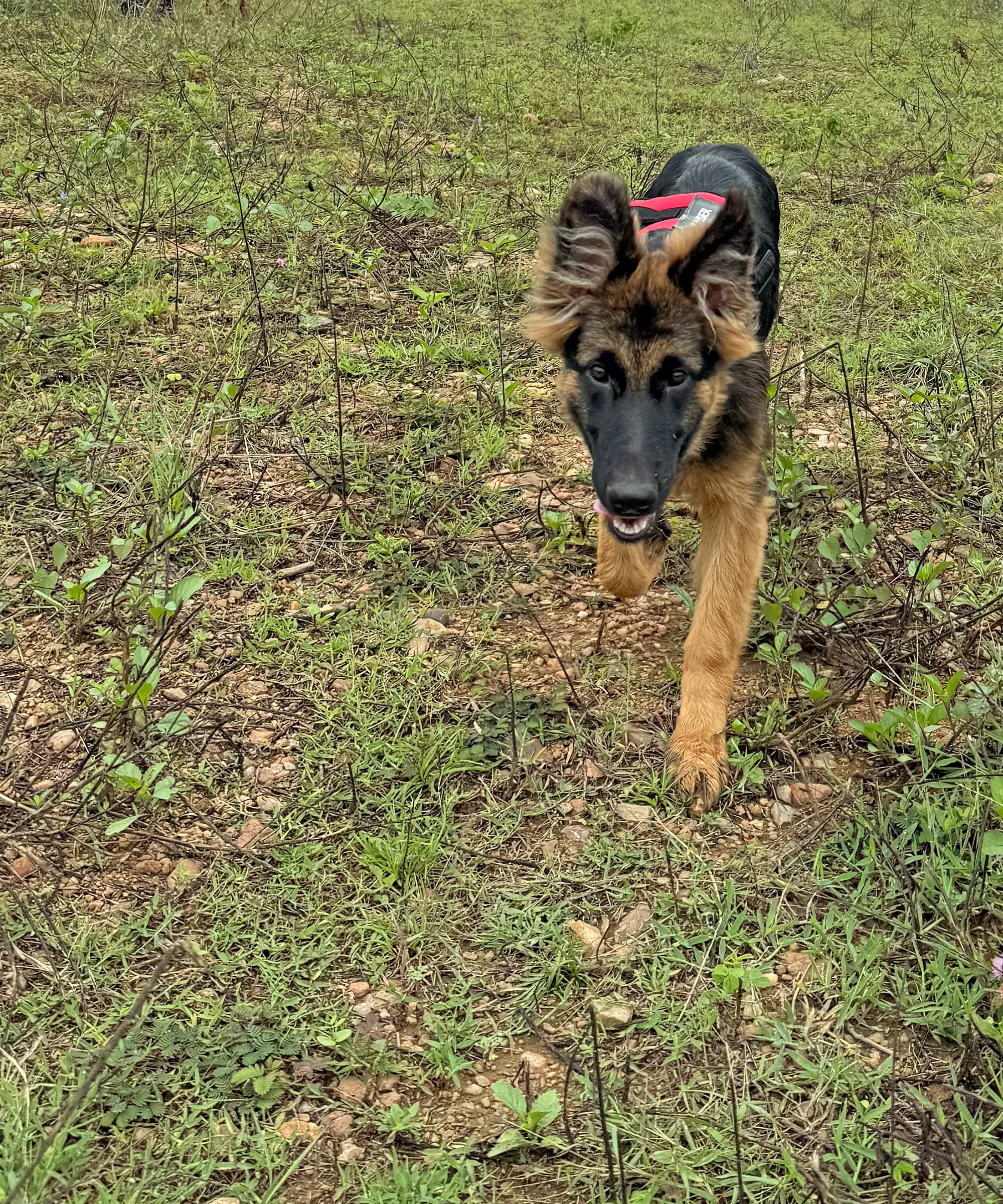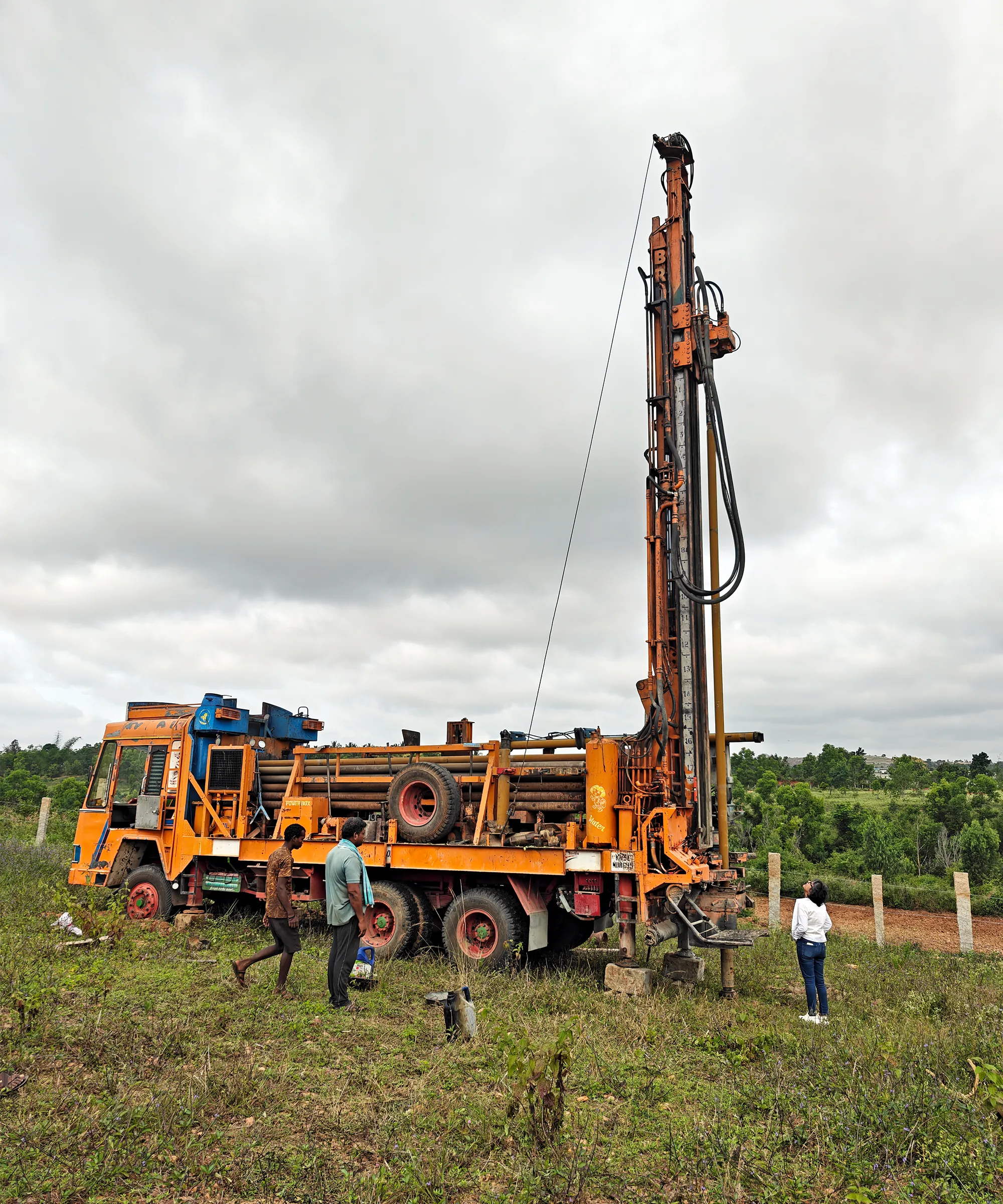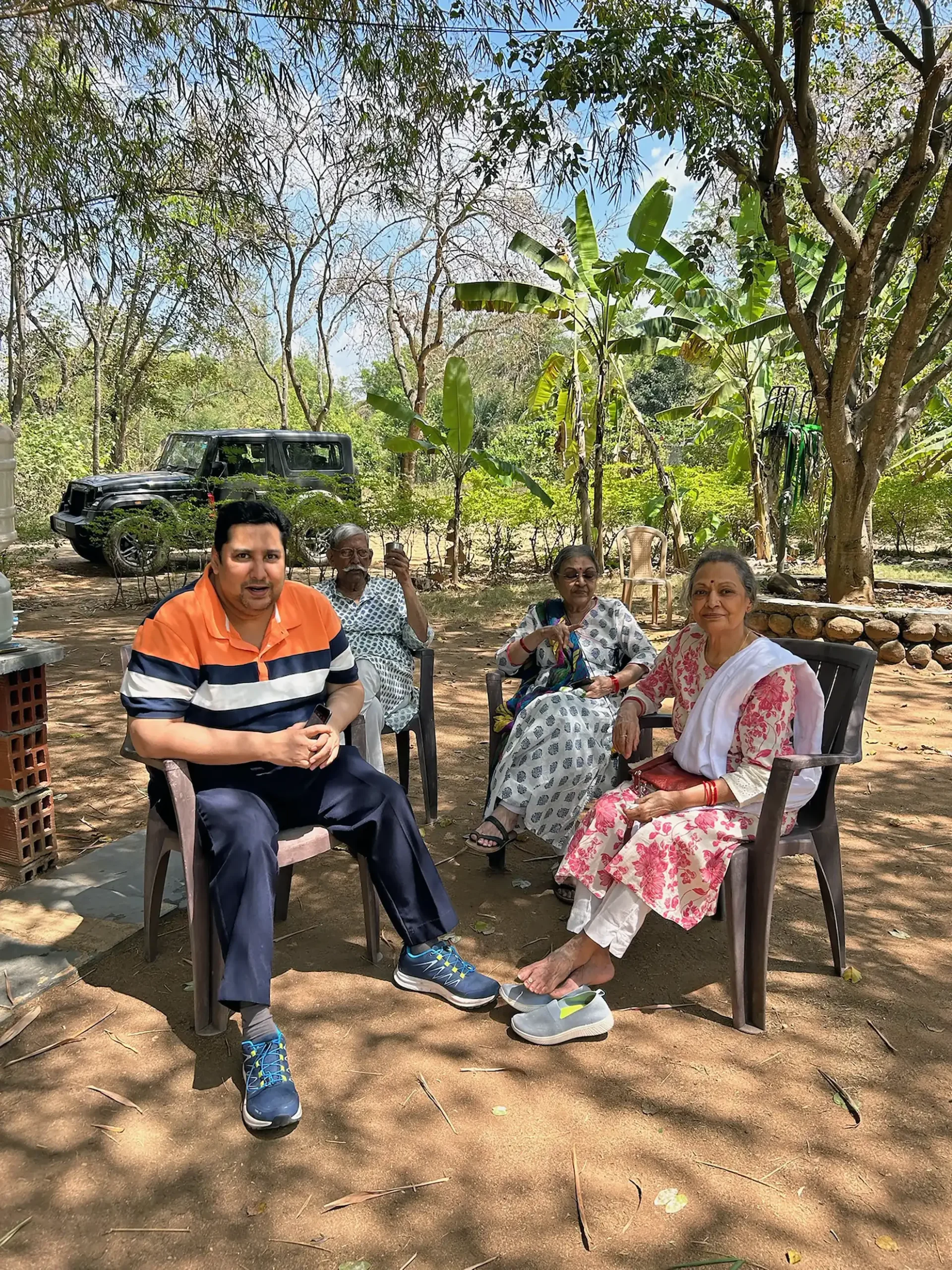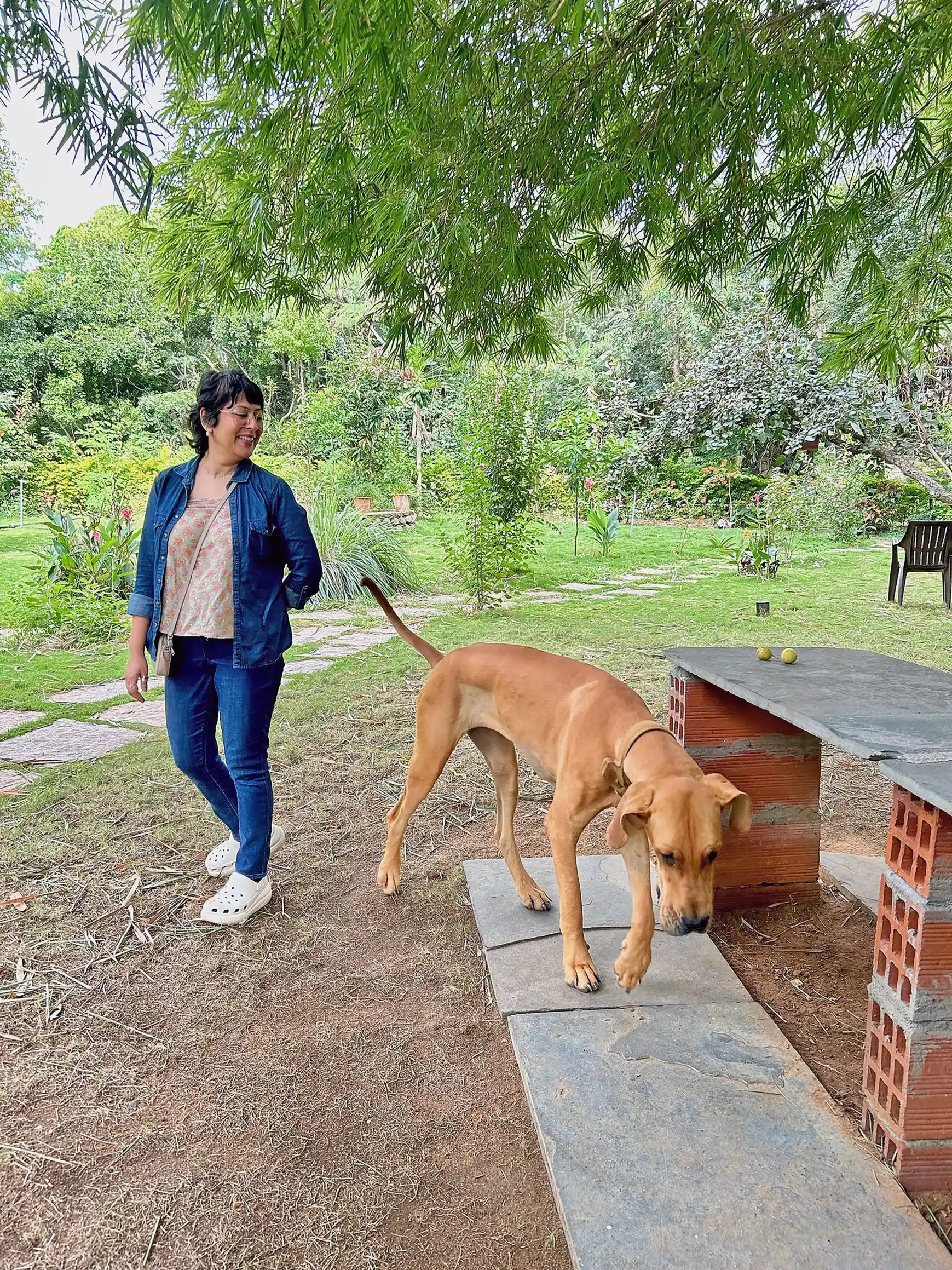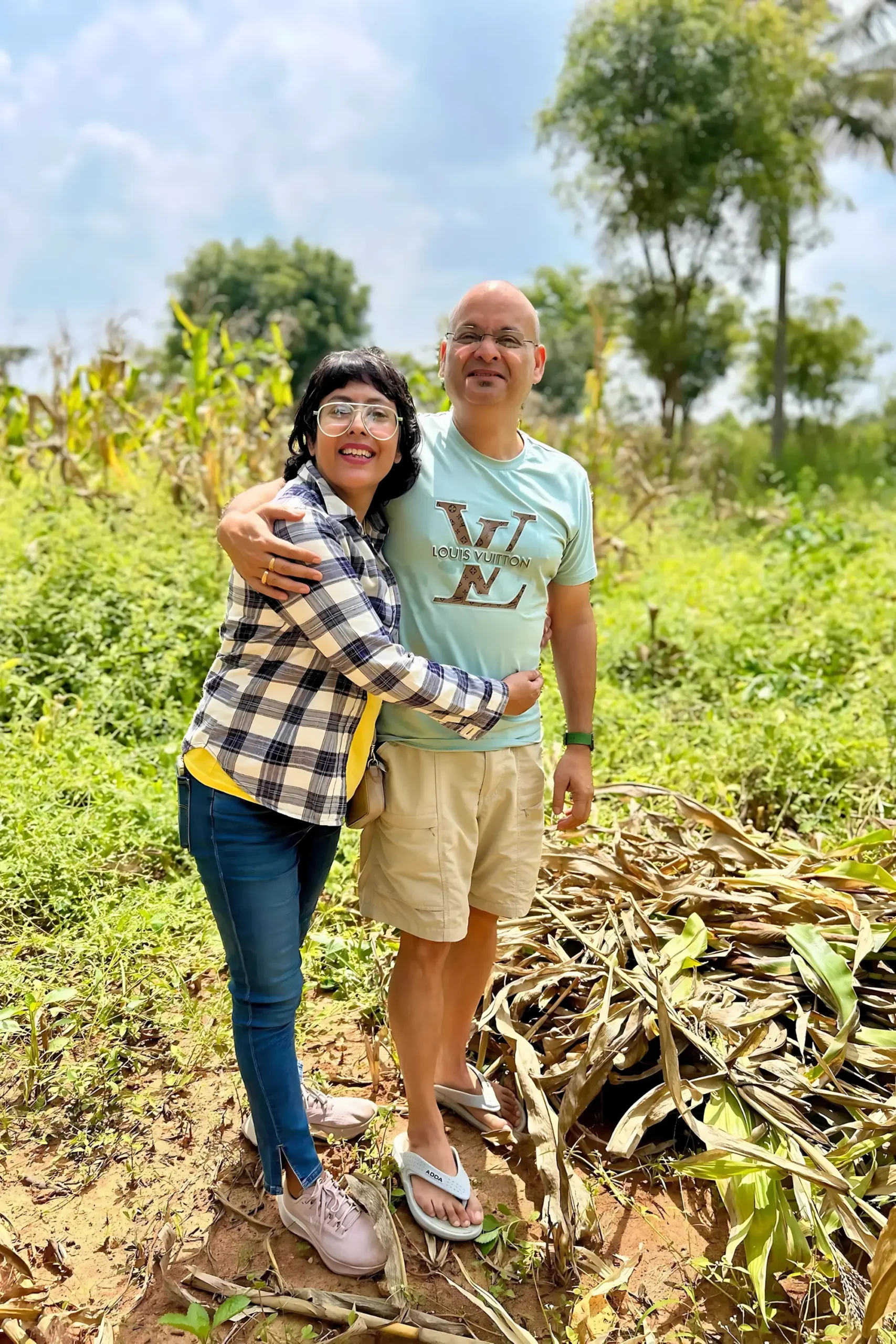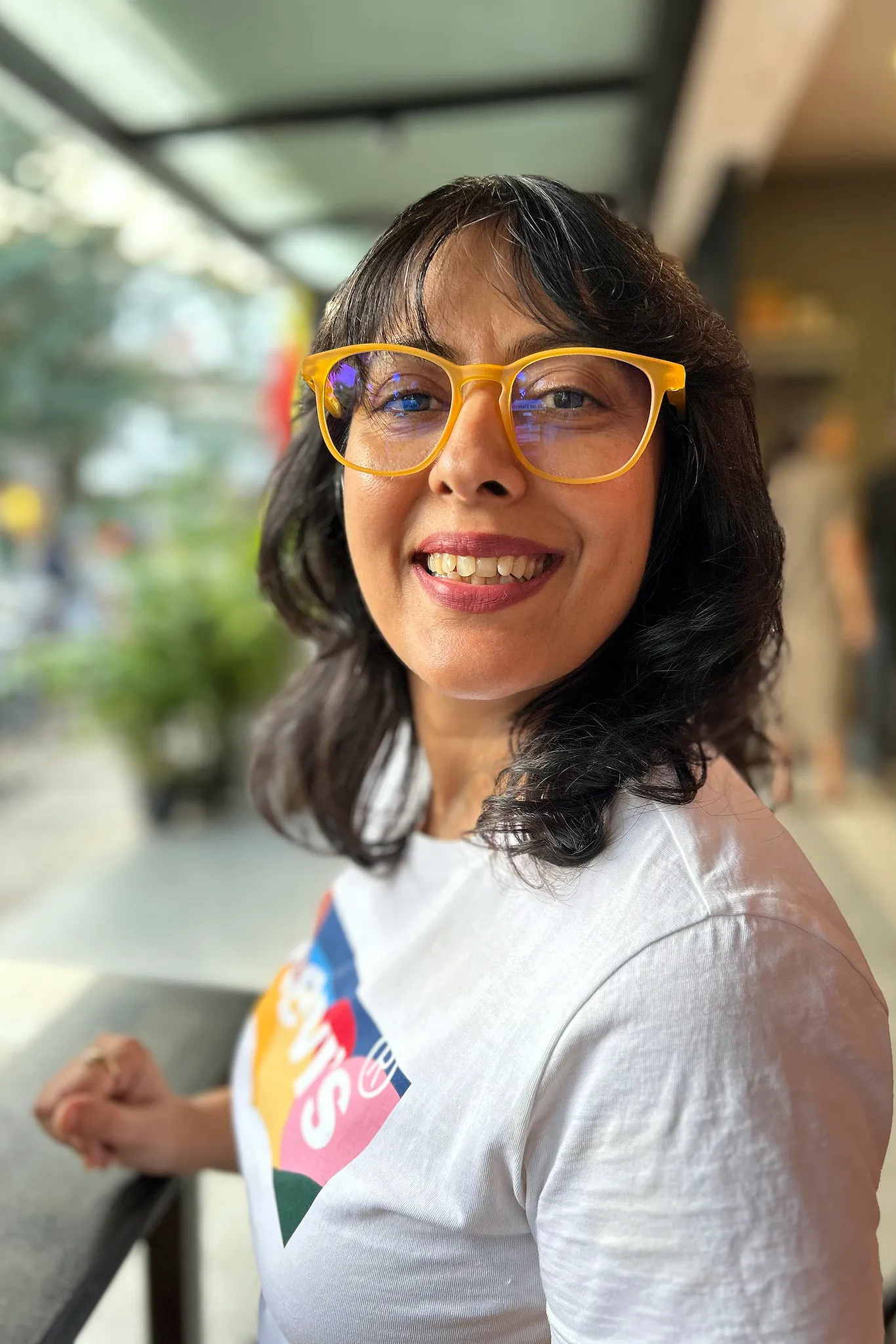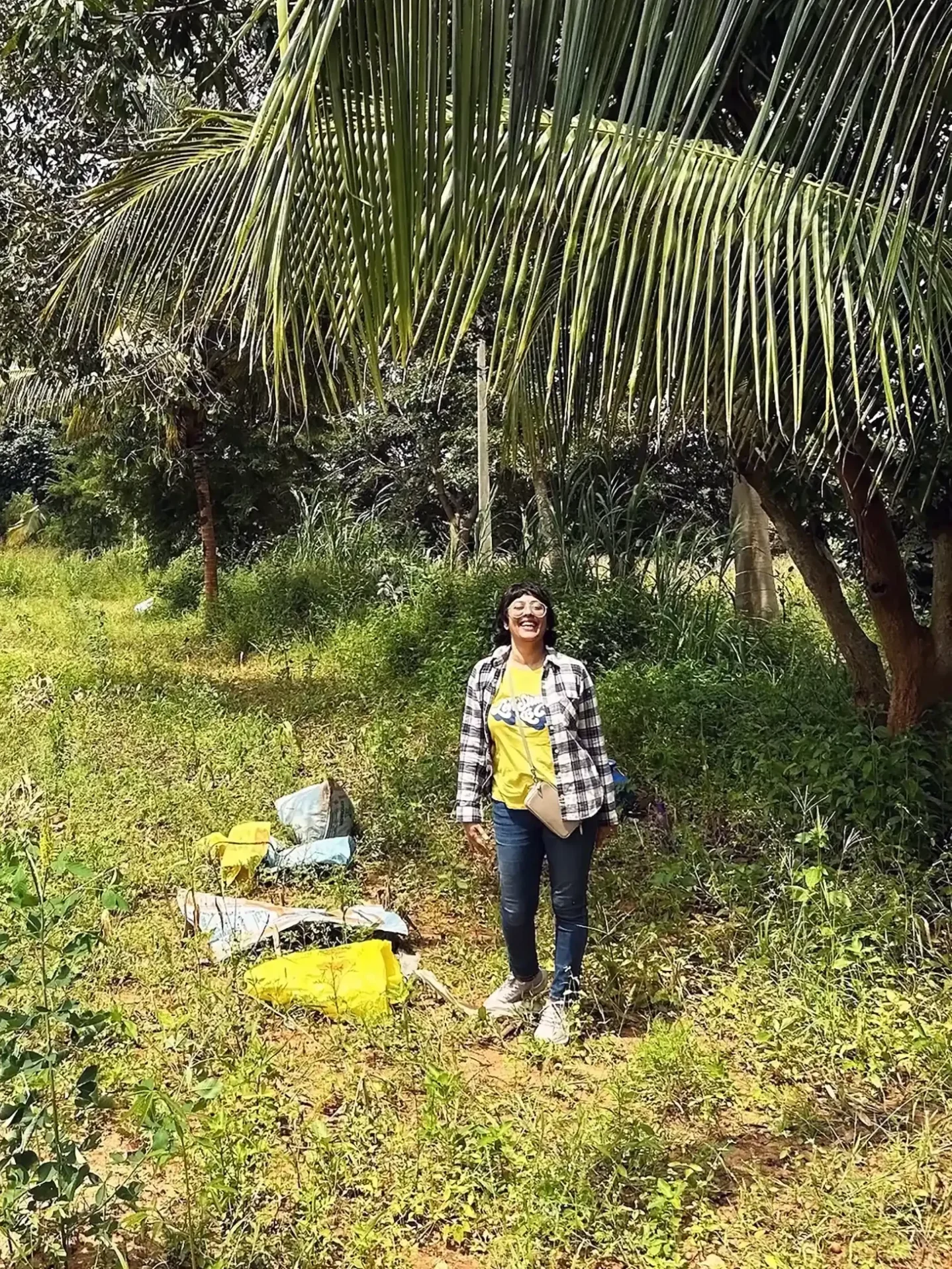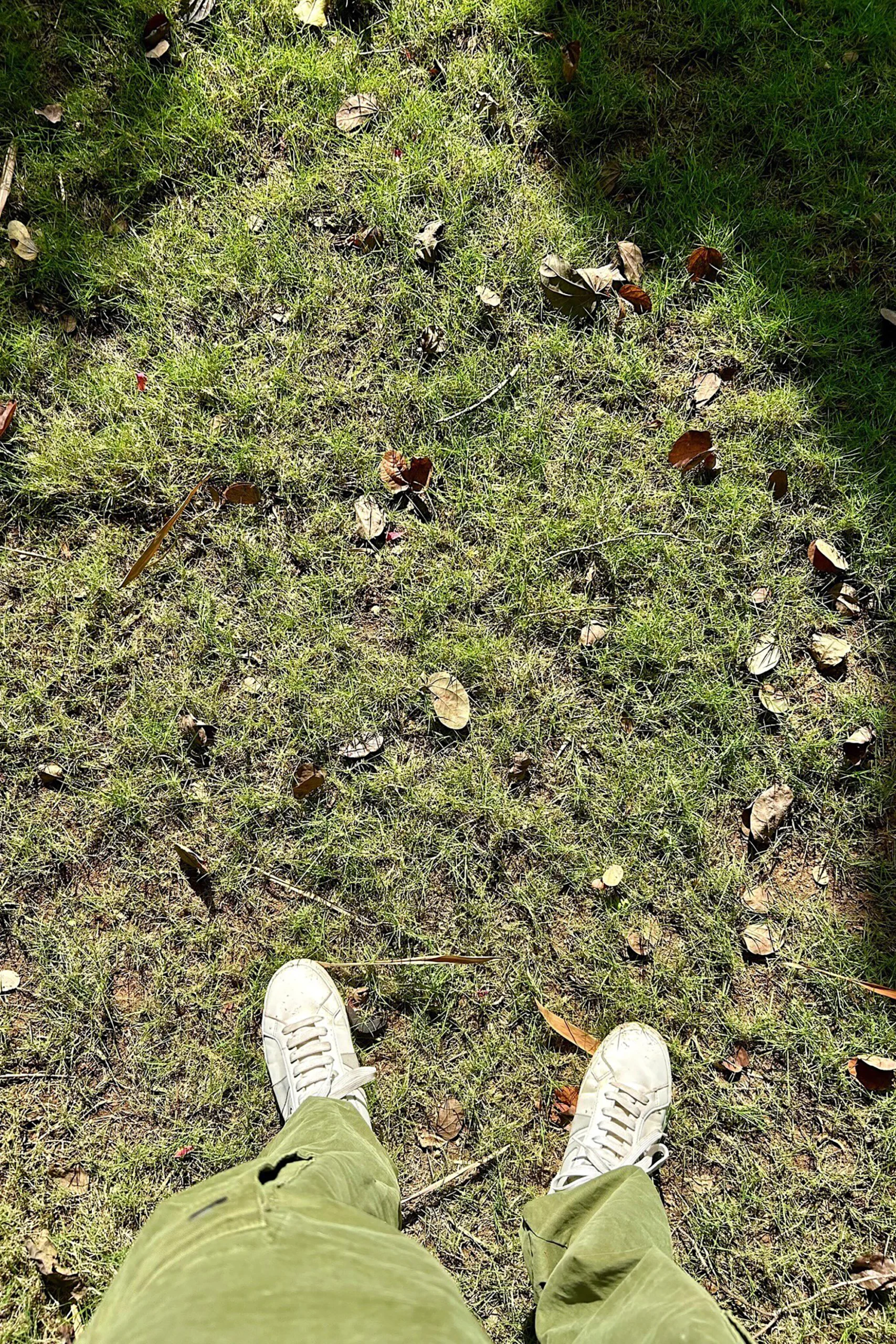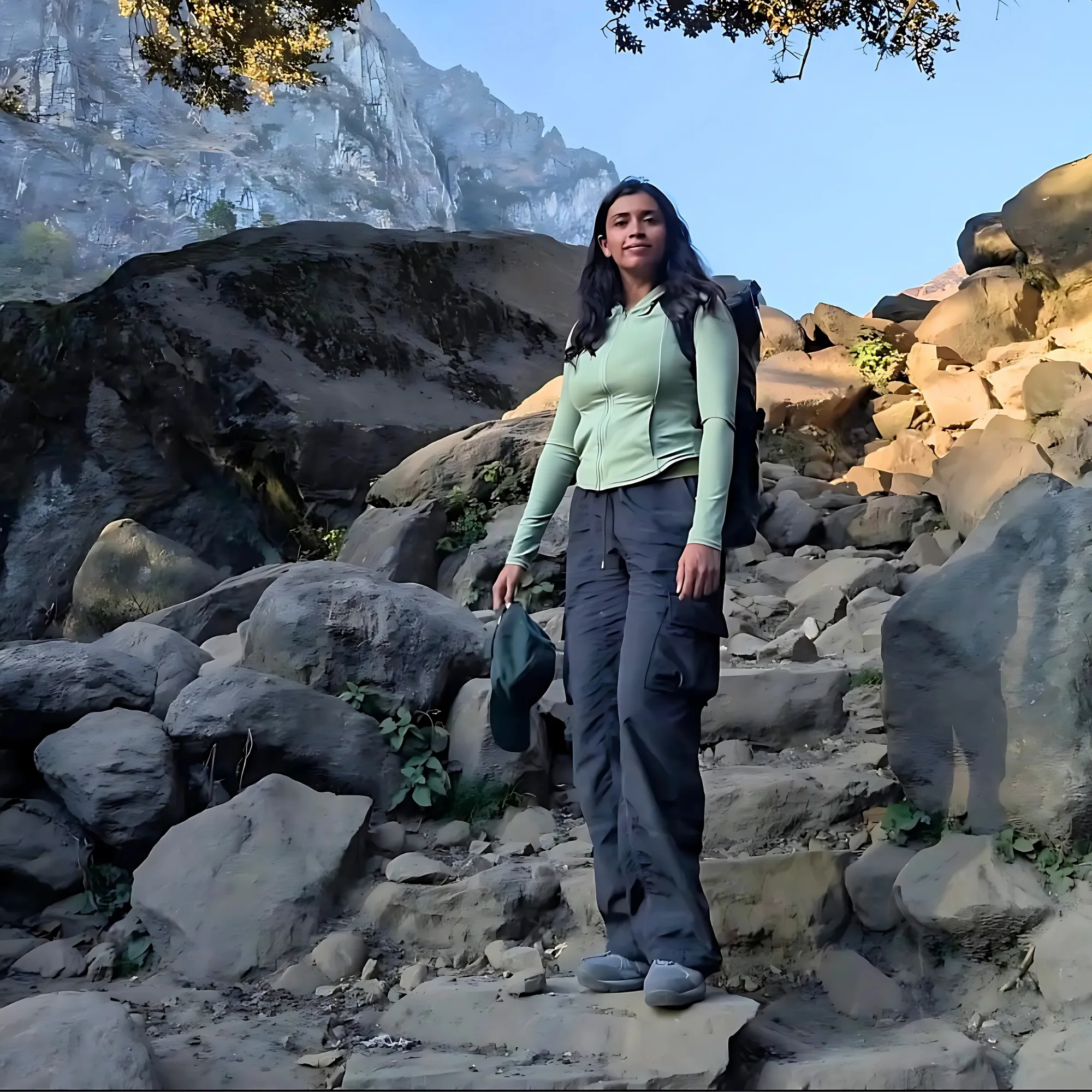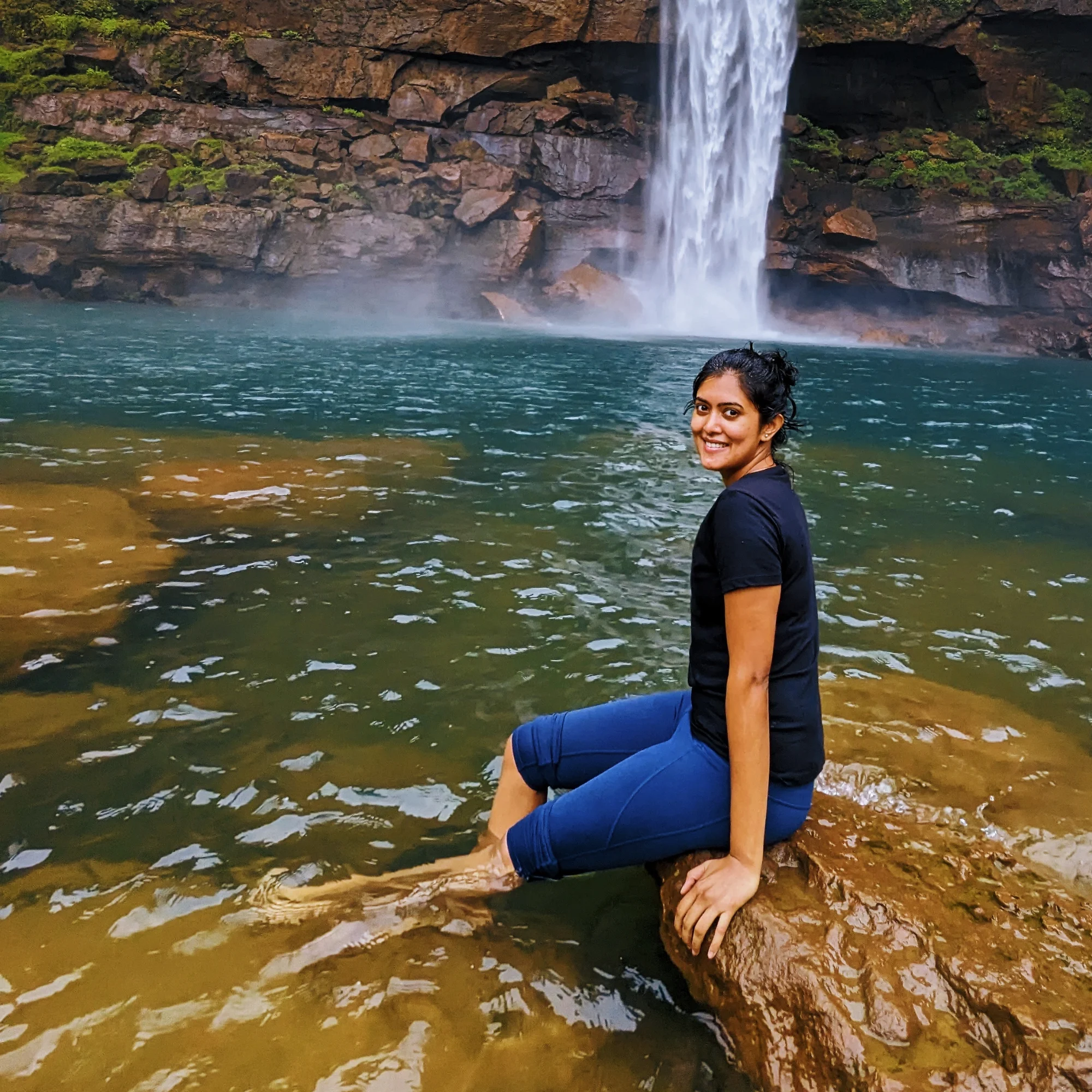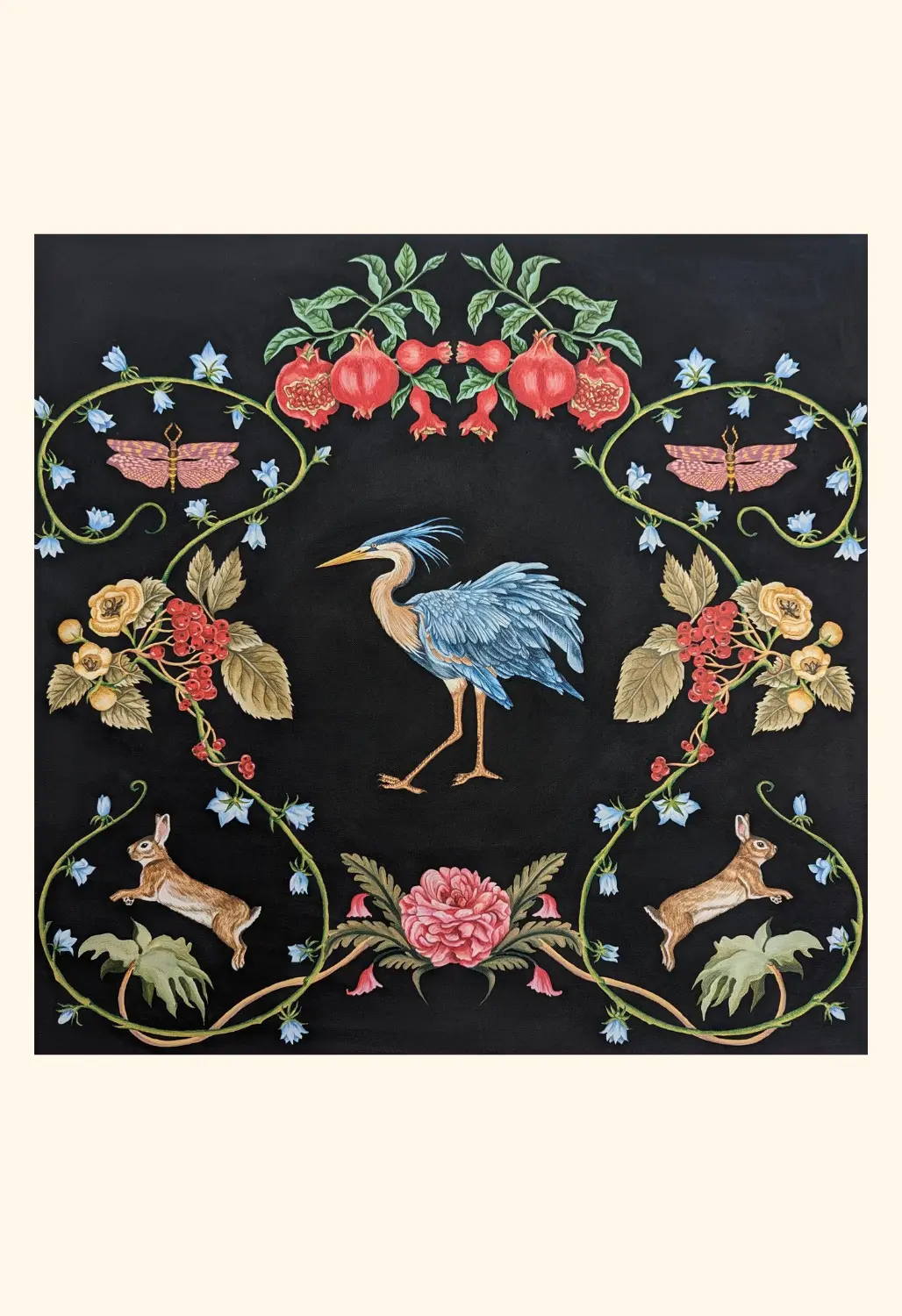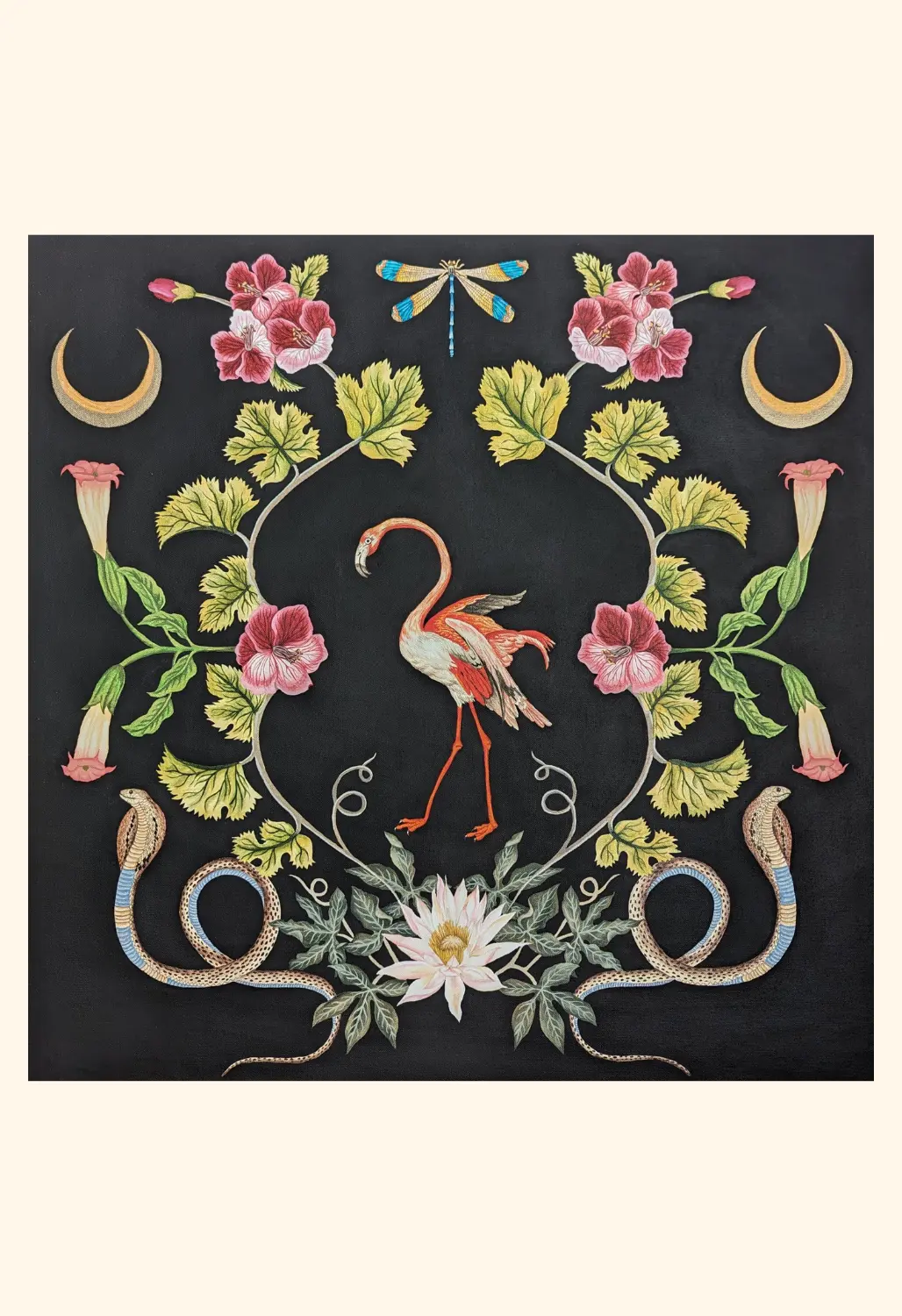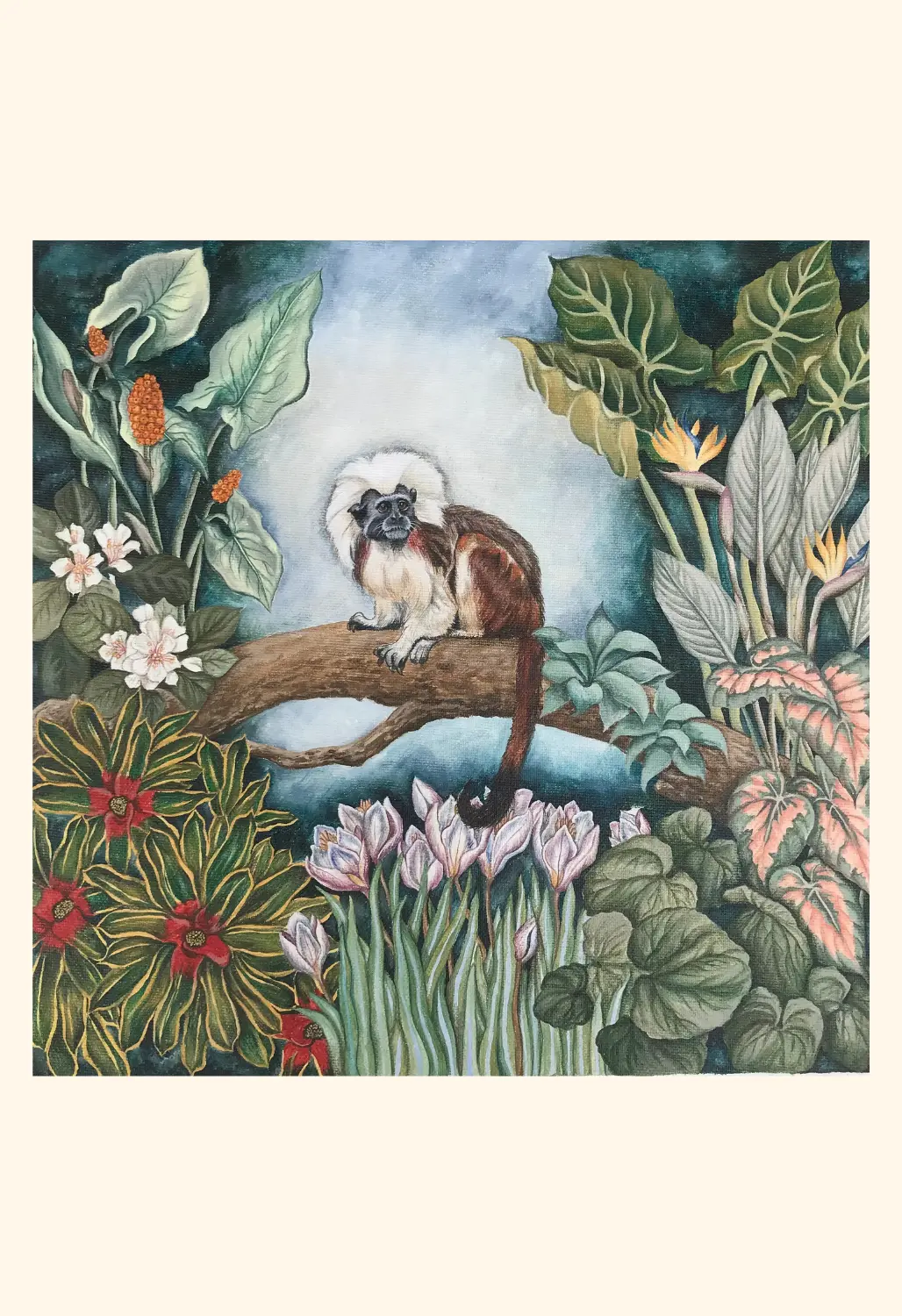
Why would anyone want to build a farm that takes away from the same natural ecosystem that you initially set out to enjoy? In our previous post, we discussed some critical aspects of farm design – familiarizing oneself with the land, the location, the climate and the soil. In this post, we take this discussion forward.
Understanding the Bioregion
Bioregion refers to defining a region by the characteristics of the natural environment rather than by man-made divisions.
The region, we were advised by the Ananas team, is a Savannah type ecosystem. Also referred to as Open Natural Ecosystem – a type that is most threatened and usually inhabited by specialist birds, mammals and reptiles that are facing extinction due to loss of habitat.
Typically, a Savannah biome has distinct layers – ground layer of wild grasses and herbaceous plants, mid layer of shrubs and stunted woody plants, and a canopy of trees. Most of the tress are drought tolerant, like Acacias and Ficuses. We ourself noticed that the area surrounding Earthness™ is dominated by grasslands and wooded groves. Trees can be seen in the valley and along the water body. Dominant species of trees included Palash, Banyan tree, Jamun tree, Honge, Wild Date palm, Mysore fig, Indian Kino tree, White-barked Acacia and Amaltas. The canopy trees are deciduous – ones that shed leaves in summer and get a new flush of pink and red leaves.
Vegetation:
While the exact site has a bamboo tree at one end of the farm perimeter, the ground is covered with native grass and the occasional Touch Me Not. Its fern-like leaves close up and droop when touched, usually re-opening within minutes. It has prickly stems and small, fluffy, ball shaped...
